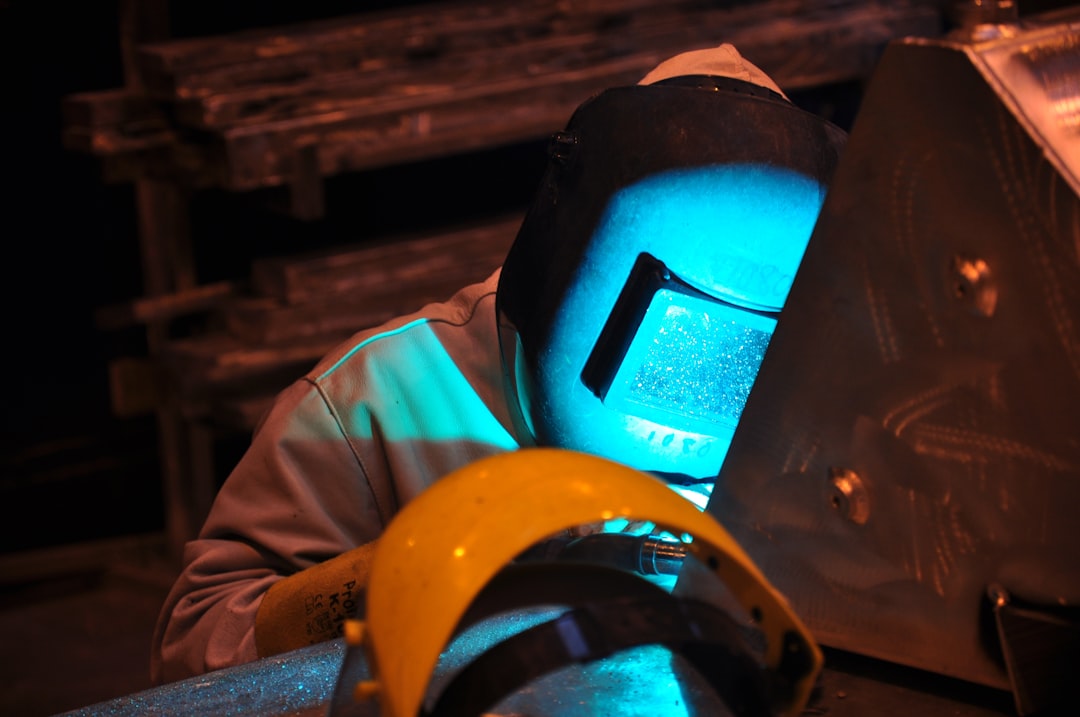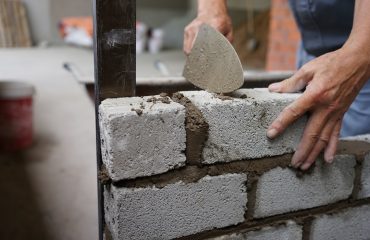Navigating the world of steel product certification can feel like traversing a complex maze. Understanding the intricacies of CE marking, particularly for steel, is crucial for manufacturers aiming for market access within the European Economic Area (EEA). This comprehensive guide will illuminate the path, providing a detailed overview of the CE certification procedures for steel products.
1. Understanding the CE Marking for Steel Products
The CE marking is a mandatory conformity marking for many products sold within the European Economic Area (EEA). It signifies that the product meets the essential requirements of relevant EU Directives and has been assessed according to the appropriate conformity assessment procedures. For steel products, this often involves demonstrating compliance with directives related to construction products (Construction Products Regulation – CPR), machinery safety, or specific product standards depending on the intended application of the steel. The CE marking isn’t a quality mark; rather, it indicates compliance with fundamental health, safety, and environmental protection requirements. Incorrectly applying the CE mark can lead to significant legal repercussions.
2. Key Directives and Regulations Affecting Steel CE Certification
The specific directives and regulations governing CE certification for steel products vary depending on their intended use. For instance:
- Construction Products Regulation (CPR) (Regulation (EU) No 305/2011): This is paramount for steel used in construction. It requires manufacturers to declare the performance of their products using harmonized European standards (EN standards) and affix the CE marking based on this declaration. Specific performance characteristics like strength, durability, and fire resistance must be demonstrated through testing and documented.
- Machinery Directive (2006/42/EC): If the steel is a component of machinery, this directive applies. It focuses on the safety of machinery and requires risk assessments, safety measures incorporated into the design, and conformity assessment procedures to ensure the machinery meets essential safety requirements.
- Other Relevant Directives: Depending on the specific steel product and its application, other directives might apply, such as those related to electromagnetic compatibility (EMC), pressure equipment, or low-voltage electrical equipment. It’s crucial to identify all relevant directives for a particular steel product to ensure full compliance.
3. The Process of CE Certification for Steel: A Step-by-Step Guide
The CE certification process generally involves these steps:
- Identify Applicable Directives and Standards: Determine the relevant EU directives and harmonized European standards that apply to your steel product.
- Design and Manufacturing: Ensure the design and manufacturing process considers the essential safety and performance requirements outlined in the relevant directives and standards.
- Testing and Verification: Conduct necessary testing to verify that your steel product meets the required performance characteristics. This may involve third-party testing laboratories accredited to perform these tests.
- Technical Documentation: Compile comprehensive technical documentation, including test reports, design calculations, risk assessments (where applicable), and declarations of conformity.
- Conformity Assessment Procedure: Choose the appropriate conformity assessment procedure based on the relevant directive and the product’s risk classification. This could involve internal production control, type examination, or other procedures.
- CE Marking and Declaration of Conformity: Affix the CE marking to the product and prepare a Declaration of Conformity, a formal declaration stating that the product meets all relevant requirements.
- Market Surveillance: Be aware that market surveillance authorities can inspect your products to ensure continued compliance.
4. Choosing a Notified Body for Steel CE Certification
For certain conformity assessment procedures, the involvement of a Notified Body is mandatory. Notified Bodies are independent organizations designated by a Member State to assess the conformity of products with EU legislation. Choosing a reputable and accredited Notified Body is crucial. They will conduct audits, inspections, and testing to verify compliance. The selection process should involve careful consideration of the Notified Body’s expertise, accreditation, and track record.
5. Maintaining CE Certification Compliance for Steel Products
Obtaining CE certification is only the first step. Maintaining compliance requires ongoing vigilance. Manufacturers must:
- Keep Records: Maintain accurate and up-to-date records of all aspects of the certification process, including test results, design specifications, and declarations of conformity.
- Stay Updated: Stay informed about any changes or updates to relevant legislation and standards. Changes in regulations can necessitate modifications to your processes and documentation.
- Respond to Market Surveillance: Cooperate fully with market surveillance authorities in case of any inspections or investigations.
<liRegular Audits: Conduct regular internal audits to ensure continued compliance with relevant directives and standards.
Failing to maintain compliance can result in penalties, product recalls, and damage to your company’s reputation.
This guide provides a general overview. The specific requirements for CE certification of steel products will vary depending on the product’s intended use and the applicable directives and standards. Always consult the relevant legislation and seek expert advice if needed to ensure full compliance.
Disclaimer: This blog post is for informational purposes only and does not constitute legal advice. Consult with relevant legal and technical experts for specific guidance on CE certification for your steel products.
SEO Tags:
- Steel CE Certification
- CE Marking for Steel
- Construction Products Regulation Steel
- Notified Body Steel Certification
- Steel Product Compliance




